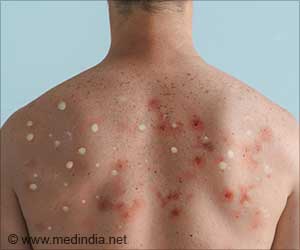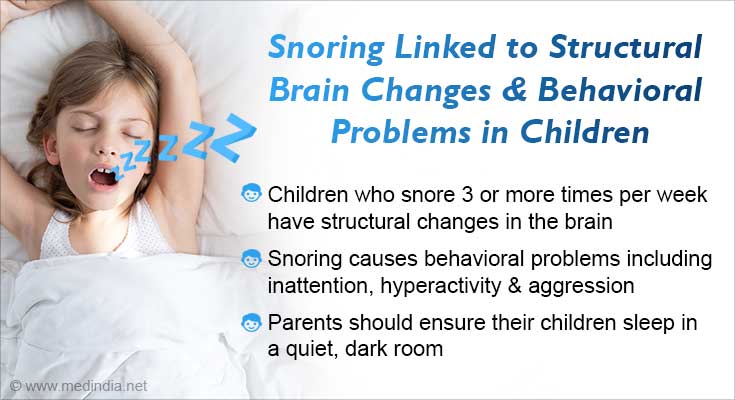- Monkeypox (Mpox) was first declared a Public Health Emergency of International Concern (PHEIC) in July 2022 during a multi-country outbreak primarily affecting new regions
- A new strain of mpox, Clade 1b, has emerged and is spreading rapidly primarily through sexual networks
- Over 15,600 cases and 537 deaths have been reported this year in the Democratic Republic of Congo
The recent outbreak of Monkeypox in Africa has been declared a Public Health Emergency of International Concern (PHEIC) by the International Health Regulations (2005) (IHR).
The virus is spreading through sexual contact and has caused over 15,600 cases and 537 deaths this year in the Democratic Republic of the Congo. Precautionary safety measures have been provided to countries to address the rapid spread of the virus (1✔ ✔Trusted Source
Mpox (monkeypox)
).
Advertisement
Origin of Monkeypox
Monkeypox (Mpox) is a contagious viral disease caused by the monkeypox virus (MPXV). The first documented infected human was a nine-month-old boy in the Democratic Republic of the Congo in 1970, at a time when efforts to eradicate smallpox were progressing.
In 2017, monkeypox re-emerged in Nigeria and continues to spread across the country and to other destinations through travelers. In May 2022, an outbreak of monkeypox rapidly spread across Europe and the Americas, primarily affecting gay, bisexual, and men who have sex with men and has spread person-to-person through sexual networks (2✔ ✔Trusted Source
WHO Director-General declares mpox outbreak a public health emergency of international concern
Advertisement
Variants of Monkeypox
Monkeypox has two distinct genetic groups of the virus:
- Clade I (formerly the Central African, Congo Basin clade).
- Clade II (formerly the West African clade).
Clade I is more severe and has greater potential for transmission between humans and higher fatality rates.
Advertisement
New Strain of Monkeypox
The Public Health Emergency of International Concern (PHEIC) was declared due to the rapid spread of clade 1b, a new virus strain primarily transmitted through sexual networks. Over 100 confirmed cases have been reported in Burundi, Kenya, Rwanda, and Uganda in the last month. Various strains of mpox have caused outbreaks in different countries with different transmission routes.
The WHO has approved two mpox vaccines, which are also approved by individual nations such as Nigeria and the Democratic Republic of the Congo.
Last week, the Director-General initiated the approval process for mpox vaccines for emergency use. This will help lower-income nations to receive vaccines without national regulatory approval. Gavi (Global Alliance for Vaccines and Immunization) and UNICEF can now procure vaccines for distribution. The WHO is working with countries and vaccine manufacturers for vaccine donations and seeking donations to cover the response cost for mpox.
Symptoms of Monkeypox
Monkeypox virus is prevalent among primates and small rodents, mainly in Africa, and can cause global outbreaks. The hosts for the virus remain unknown, but small animals such as squirrels and monkeys are susceptible to infection. People with mpox are infectious and can pass the disease on to others until all sores have healed and a new layer of skin has formed.
Monkeypox can be transmitted through direct contact with infectious skin or other lesions. Symptoms appear within 1-21 days after exposure.
Commonly noticed symptoms of Monkeypox are as follows:
Characteristics of Monkeypox Rashes and Lesions
The rash caused by mpox starts on the face and spreads over the body, including the palms and soles. It develops over 2-4 weeks in stages.
The rash begins as a flat sore, which then turns into a blister filled with liquid, and it may be itchy or painful. The sores then dip in the center before forming crusts and eventually scabbing over. These scabs then fall off.
Some individuals may have one or a few skin lesions, while others may have hundreds or more. These lesions can appear anywhere on the body, including:
- Palms of the hands and soles of the feet
- Face, mouth, and throat
- Groin and genital areas
- Anus
Additionally, some individuals may experience painful swelling of the rectum, as well as pain and difficulty during urination.
Treatment and Prevention
Mpox treatment aims to decrease the rashes, ease the pain, and prevent complications. Early and supportive care is crucial for managing symptoms and preventing the progression of the condition.
Vaccinations should be administered to anyone who has been exposed to the virus, regardless of whether they show symptoms. Isolation protocols need to be followed for individuals who have been infected or are suspected of being infected. Public education efforts should be undertaken to raise awareness about the symptoms and preventive measures.
Vaccination
The vaccine should be administered within 4 days of contact with someone who has mpox (or within up to 14 days if there are no symptoms). It is recommended for people at high risk of mpox infection, especially during an outbreak.
This includes:
- Health workers at risk of exposure
- Men who have sex with men
- People with multiple sex partners
- Sex workers
Self-Care When Infected
- Stay home and isolate yourself
- Wear a mask and cover lesions when around other people until your rash is healed.
- Keep your skin dry and uncovered when not in contact with others
- Avoid touching items and disinfect shared spaces frequently.
- Use saltwater rinses for sores in the mouth.
- Take sitz baths or warm baths with baking soda or Epsom salts for body sores.
- Take over-the-counter medications for pain, such as paracetamol (acetaminophen) or ibuprofen.
Avoid
- Popping blisters or scratching the sores, as this can slow down healing, spread the rash to other parts of the body, and cause sores to become infected.
- Avoid shaving areas with sores until the scabs have healed and you have new skin underneath, as this can spread the rash to other parts of the body.
Monkeypox, though not as deadly as smallpox, still needs careful public health measures to stop it from spreading. The key to controlling monkeypox is timely vaccination, strict isolation rules, and public education. Understanding the importance of these measures is crucial for preventing more outbreaks and protecting global health.
References:
- Mpox (monkeypox) – (https://www.who.int/news-room/fact-sheets/detail/monkeypox)
- WHO Director-General declares mpox outbreak a public health emergency of international concern – (https://www.who.int/news/item/14-08-2024-who-director-general-declares-mpox-outbreak-a-public-health-emergency-of-international-concern)
Source-Medindia



